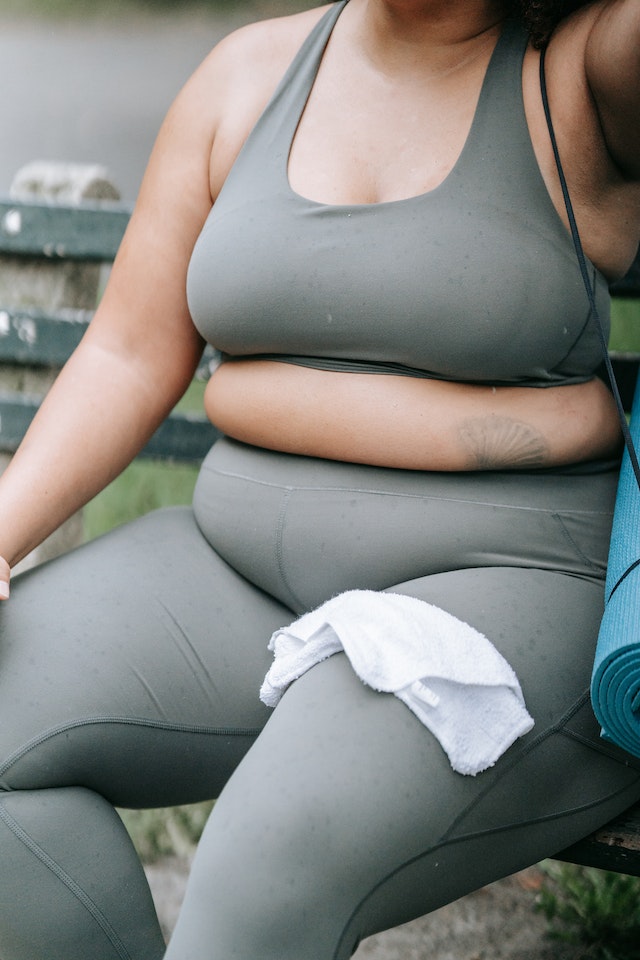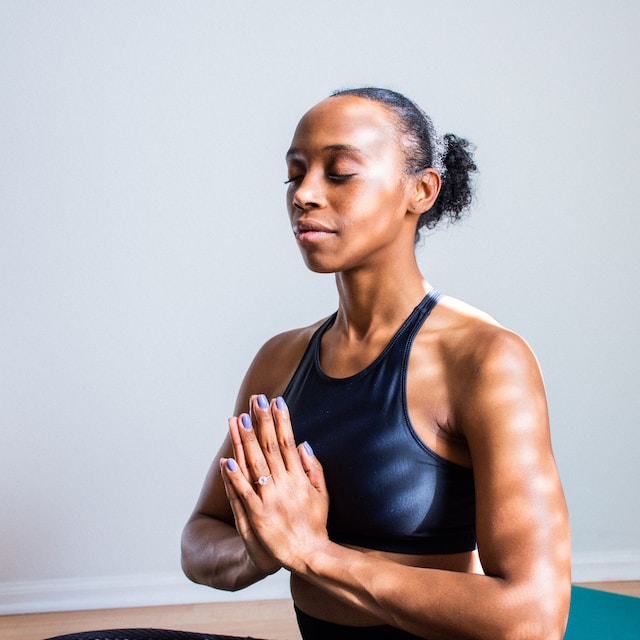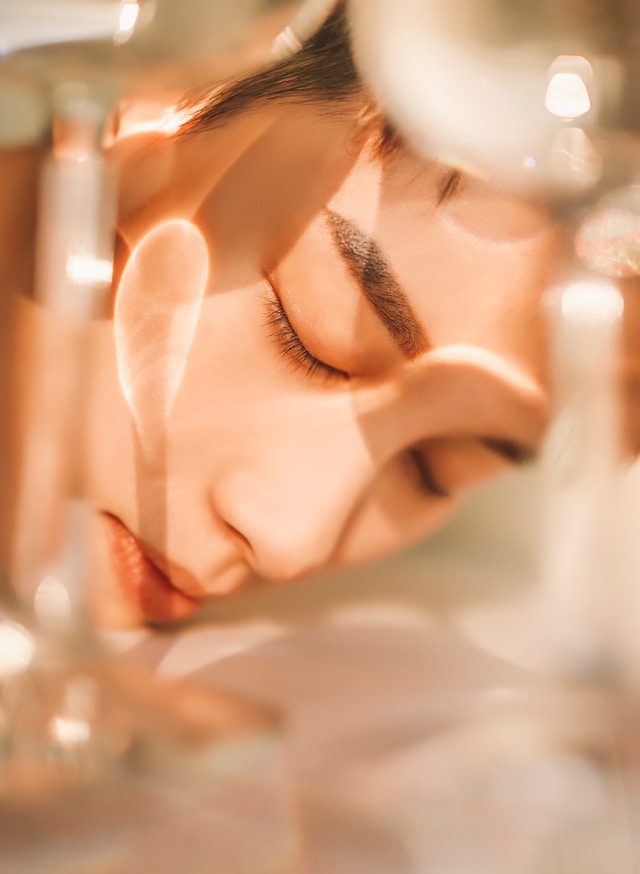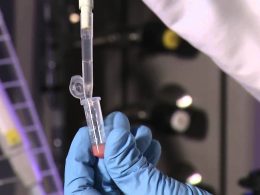Introduction
Do you ever feel like your hormones are in a constant state of chaos? Mood swings, low energy, and stubborn weight gain can all be signs that your hormonal balance is off-kilter. But fear not! There’s an effective strategy for achieving optimal hormonal harmony: exercise. Yes, you heard it right! Exercise has been shown to regulate hormone levels in the body and promote balance. So instead of relying on medication or other quick fixes, try implementing these exercise strategies to help get your hormones back on track.
What is Hormonal Harmony?
Hormonal Harmony refers to a state where hormones are balanced and functioning optimally in the body. In other words, it is the perfect balance of various hormones that regulate numerous bodily functions like mood, metabolism, sleep cycle, and reproductive health.
When you have Hormonal Harmony, you feel energetic throughout the day with no sudden dips or surges. You also experience fewer symptoms of conditions such as PCOS (Polycystic Ovary Syndrome), endometriosis, PMS (Premenstrual Syndrome), and menopause.
Women’s hormonal balance fluctuates over time due to factors such as age, stress levels, diet choices and exercise habits. An imbalance can lead to various physical discomforts and ailments which affect overall wellness.
Many people think that Hormonal Harmony only affects women; however this isn’t true – even men experience hormonal fluctuations during their lifespan which can impact their emotional wellbeing.
It’s essential for everyone to understand what Hormonal Harmony is since achieving it requires a holistic approach incorporating lifestyle choices ranging from nutrition to exercise regimes.
The Role of Exercise in Hormonal Balance
Exercise plays a crucial role in maintaining hormonal balance. Hormones are responsible for various bodily functions, including mood regulation, metabolism, and immune response. When hormones are out of balance, it can lead to various health issues.
Regular exercise helps to regulate hormone levels by reducing the production of stress hormones such as cortisol and increasing the production of endorphins – “feel-good” hormones that promote relaxation and happiness. This is why regular physical activity can be an effective way to alleviate symptoms related to anxiety and depression.
In addition, exercise also helps to regulate insulin levels by improving insulin sensitivity which means your blood sugar remains balanced throughout the day. Exercise has been shown to have positive effects on reproductive hormone levels as well; promoting healthy fertility in women who struggle with polycystic ovary syndrome (PCOS) or other reproductive disorders.
Exercise not only reduces inflammation but improves overall health through improved circulation which supports a stronger immune system. Therefore making sure you stay active regularly aids in supporting optimal hormonal harmony!
The Best Types of Exercise for Hormonal Balance
When it comes to achieving hormonal balance through exercise, not all workouts are created equal. Certain types of exercise can be particularly effective in helping to regulate your hormones and keep them at optimal levels.
One form of exercise that has been shown to have a positive impact on hormone levels is resistance training. This type of workout involves using weights or bodyweight exercises to build strength and muscle mass. Studies have found that regular resistance training can help increase testosterone levels in men while also improving insulin sensitivity in both men and women.
Yoga is another great option for anyone looking to balance their hormones through exercise. Yoga poses such as the downward-facing dog, cobra pose, and child’s pose can help reduce stress levels by promoting relaxation and deep breathing techniques, which ultimately leads to better hormonal control.
Aerobic exercises like running, cycling or swimming are also beneficial for regulating hormones as they improve cardiovascular health while burning calories leading to weight loss. Regular aerobic activity has been linked with lower cortisol (stress hormone) levels which may lead you towards less anxiety or depression symptoms.
Incorporating high-intensity interval training (HIIT) into your routine can also be an effective way of balancing your hormones naturally over time. HIIT workouts involve short bursts of intense physical activity alternated with periods of rest, which helps boost growth hormone production leading towards muscle gain & fat loss goals being achieved quicker than steady state cardio alone!
When it comes down to finding the best types of exercises for hormonal balance through natural methods; listen closely what works best specifically for you!
How Much Exercise is Needed for Hormonal Balance?
When it comes to achieving hormonal balance through exercise, the question of “how much is enough?” often arises. The truth is that there isn’t a one-size-fits-all answer as the amount and intensity of exercise needed will vary based on factors such as age, gender, overall health status, and personal fitness goals.
Some research suggests that 30 minutes of moderate-intensity exercise per day can have positive effects on hormones like cortisol, insulin, and testosterone. However, others argue that high-intensity interval training (HIIT) may be more effective for optimizing hormonal balance in both men and women.
It’s worth noting that too much exercise can actually have negative effects on hormone levels by causing chronic stress or overtraining syndrome. So it’s important to listen to your body and adjust your workout routine accordingly if you start experiencing symptoms like fatigue or irregular periods.
Finding the right amount and type of exercise for optimal hormonal balance will require some experimentation. Consider working with a qualified fitness professional or healthcare provider who can help design a personalized plan based on your unique needs and goals.
Conclusion
Achieving hormonal harmony is crucial for overall health and well-being. Exercise is an effective strategy to balance hormones naturally. Incorporating a mix of aerobic exercise, strength training, and yoga or stretching can help regulate hormone levels and improve overall mood and energy levels. It’s important to find the right amount of exercise that works best for you and your body. Always consult with a healthcare professional before starting any new exercise routine. By making regular exercise a priority in your life, you can optimize hormonal balance and enjoy the benefits of improved physical and mental health.











